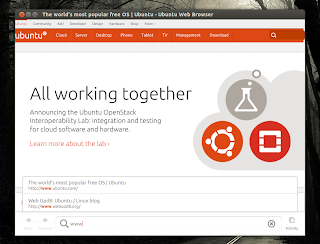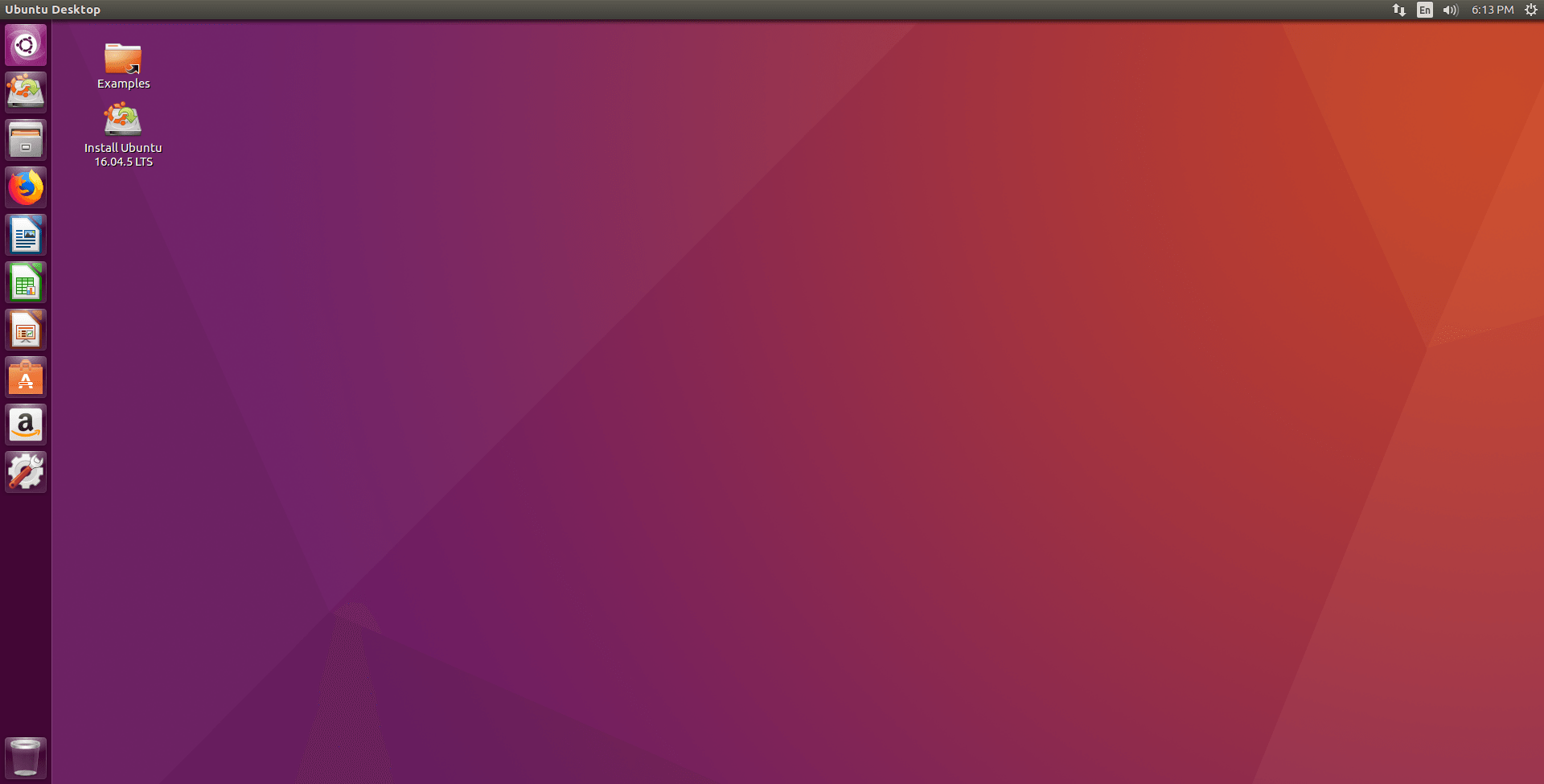

- UBUNTU VIRTUAL DESKTOP WEB BROWSER INSTALL
- UBUNTU VIRTUAL DESKTOP WEB BROWSER MANUAL
- UBUNTU VIRTUAL DESKTOP WEB BROWSER WINDOWS 10
- UBUNTU VIRTUAL DESKTOP WEB BROWSER PASSWORD
Once you opened Sharing Settings, enable Screen Sharing option which is disabled by default: To enable remote desktop search for “sharing” in Applications menu:
UBUNTU VIRTUAL DESKTOP WEB BROWSER INSTALL
We can easily confirm this using wmctrl -m command (you may need to install wmctrl first using sudo apt install wmctrl): If your installation uses current version of Ubuntu, then, most likely, you are using GNOME as your window manager (in the past Ubuntu used to use Unity). Let’s see how we can go about enabling this and using VNC client to connect to our Ubuntu server. Ubuntu uses VNC (Virtual Network Computing) as its graphical desktop-sharing system based on RFB (Remote Frame Buffer) protocol to give you capabilities similar to ones provided by RDP. To be able to connect we need to enable this on Ubuntu Server side, and also understand that we cannot use MSTSC RDP client for that. Once you have your Ubuntu Server installed (see my older post about creating Ubuntu Server VM), it can be pinged by default (providing there is no external firewall of any kind) but RDP connection to it cannot be established: Necessary disclaimer: yes, I know that majority of Linux servers run in “headless” mode and remote desktop in not a preferable way of remote server management, but we should recognize that to reduce learning curve steepness some people may want to start with desktop GUI and naturally use the same thing for remote management while doing their first steps with the platform. This is quite logical next step after configuring AMP stack, at least if you come from Windows world or for some other reason have strong preference for GUI management tools. With that, I moved on to exploring ways to connect to VM using remote desktop connection (and this was necessary to me in a long run anyway).
UBUNTU VIRTUAL DESKTOP WEB BROWSER MANUAL
Microsoft has some instructions on respective GitHub page which describe manual configuration process, but it didn’t wok for me on my Ubuntu Server 18.04.02 VM. For example, Quick Create Gallery only offers us Ubuntu 18.04.01 whereas I wanted to keep my custom-built Ubuntu Server 18.04.02 VM I have created earlier. There are number of problems with this approach though. There you just type in your credentials and, voila, you have an active Hyper-V Virtual Machine Connection in enhanced session mode (which you can tell based on active “Basic session” icon):
UBUNTU VIRTUAL DESKTOP WEB BROWSER PASSWORD
Wizard downloads image and configures VM for you and once you click on connect you will be presented with standard Ubuntu configuration wizard (keyboard, region, user name and password etc.):Īs soon as you finish configuration, you will be presented with logon screen along with display configuration pop up window (which already tells us that we about to enter into enhanced session), and after clicking Connect in “Display Configuration” pop up you will see XRDP login window: I did a quick test and indeed this approach can get you up and running with Ubuntu Hyper-V VM just in a few clicks (see screenshots below).

UBUNTU VIRTUAL DESKTOP WEB BROWSER WINDOWS 10
Quick google search revealed that getting enhanced session enabled is a no brainer if you used Hyper-V optimized image from Hyper-V Quick Create Gallery (feature available starting from Windows 10 build 1709 aka Fall Creators Update). Because of that I have started to explore ways to enable Hyper-V enhanced session or RDP type of connectivity for my Ubuntu Server virtual machine (the latter was on my to do list in any case).

As I used Hyper-V virtual machine, I very quickly realized that I am missing Hyper-V enhanced session features, and especially copy-paste between Hyper-V host and Ubuntu Server VM. In my previous article I covered installation of AMP stack on Ubuntu Server 18.04.02 (aka Bionic Beaver).


 0 kommentar(er)
0 kommentar(er)
